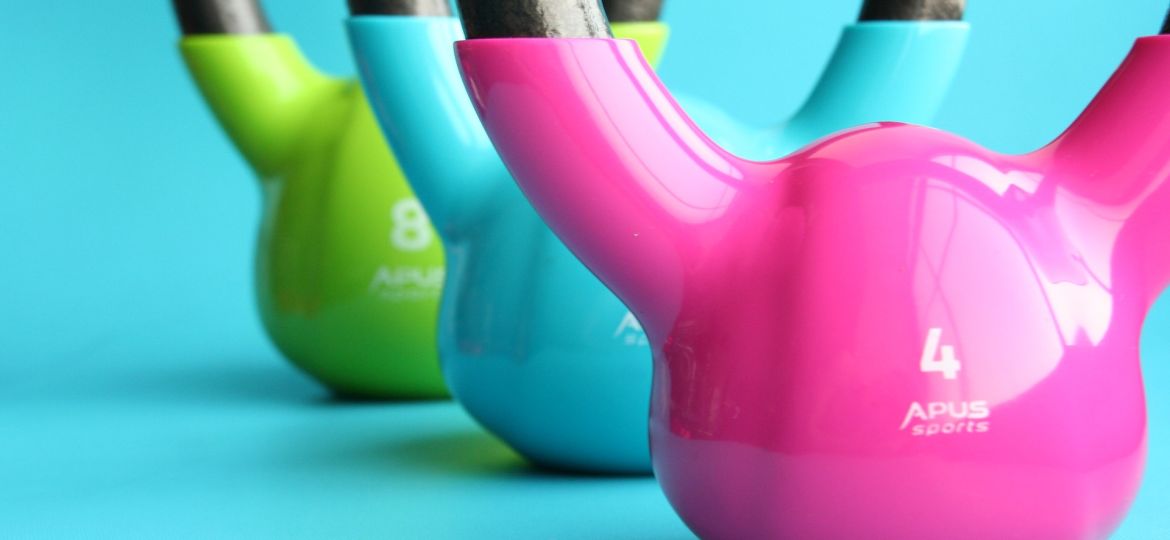
This exercise trains the plantarflexion muscles in the calf. These muscles are used to steer the foot in actions such as pressing an accelerator pedal. It is a good exercise for beginners and advanced players and can also be performed at home, depending on the variant and the materials needed. Experienced weightlifters often use heavy weights, but beginners should start with light weights and only increase them when their technique and strength have improved. This exercise is good for sports that involve running or jumping, such as soccer, hockey, sprinting, and gymnastics. Zw also fits well in a rehabilitation program for the ankles or calves.
How
Take the desired weight in the standing half raise machine. Place the shoulders against the supports and place the feet on the footplate so that the heels protrude slightly over the plate. The knees are now slightly bent. Keep your back straight and straighten your legs to get into the starting position. Raise as high as you can by pushing up on the balls of your feet, then lower your heels as low as possible under the footplate. Keep the knees and hips straight.
Do it well
Raise as high as possible and then lower the heels as low as possible. Keep knees and hips straight.
Warning
Don’t start bouncing at the lowest point. Make the downward movement slow and controlled.
Variations
Light
Stand with both feet on a step or sturdy box and follow the standard exercise. As you gain strength, do the exercise first on one leg and then with a dumbbell in hand—both put pressure on the calf muscles. This is a good variant to do at home, where you do not have a device at your disposal.
Heavy
Weight with an eccentric overload for one leg at a time. Do the upward movement with both calves, lifting the weight against gravity, but hold the downward movement slowly with one calf, relaxing the other. Repeat until you have made the desired number of movements with each calf.
Active muscles
- Gastrocnemius
- Soleus (onder triceps surae fascia)
- Flexor hallucis longus
- Flexor digitorum longus
- Tibialis posterior
- Plantaris (3, 4 en 5 onder soleus en gastrocnemius)

